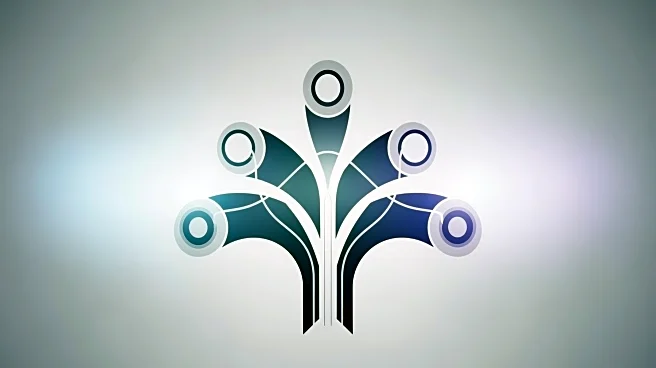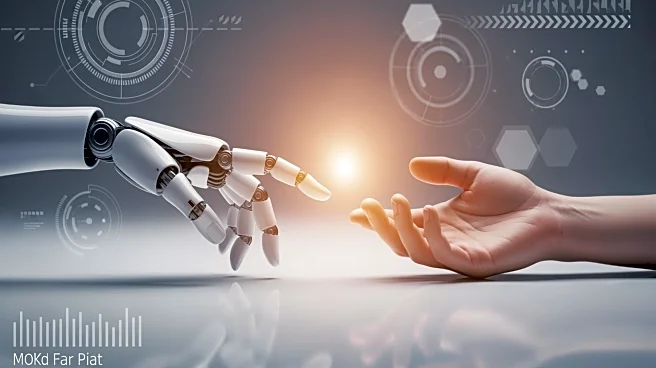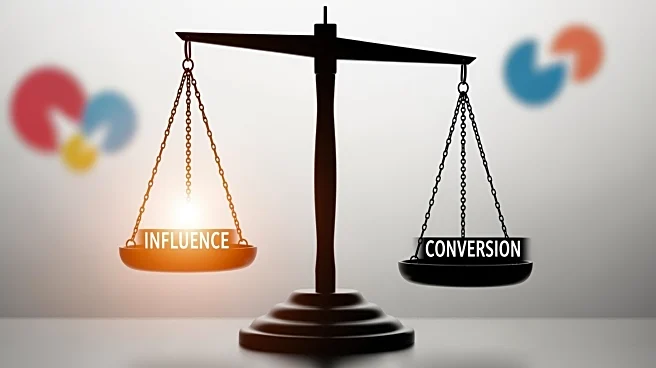What's Happening?
The marketing funnel is undergoing significant changes due to the rise of omnichannel shopping, social media, and personalization. Brands are now focusing on personalizing their marketing messages and targeting
consumers at the right moment in the funnel. This shift is driven by the need to adapt to a more fragmented consumer journey, where customers have more control over their interactions with brands. The traditional linear funnel is being replaced by a more dynamic model, often described as 'Chutes and Ladders,' where consumers can move between stages based on their interactions and experiences.
Why It's Important?
The evolution of the marketing funnel reflects broader changes in consumer behavior and technology. As consumers gain more control over their purchasing decisions, brands must adapt by creating more personalized and targeted marketing strategies. This shift has significant implications for how brands allocate their marketing budgets and measure success. By focusing on the right touchpoints and leveraging data-driven insights, brands can improve conversion rates and build stronger customer relationships. The move towards a more dynamic funnel also highlights the importance of integrating digital and physical marketing efforts to create a seamless consumer experience.
What's Next?
As brands continue to navigate the changing marketing landscape, they will need to prioritize personalization and data-driven strategies. This may involve investing in new technologies and platforms that enable more precise targeting and measurement. Brands will also need to focus on building emotional connections with consumers, as these are increasingly important in driving conversions. The shift towards a more dynamic funnel could lead to new opportunities for innovation and collaboration, as brands seek to engage consumers in more meaningful ways. Ultimately, the success of these efforts will depend on brands' ability to adapt to the evolving needs and preferences of their customers.











